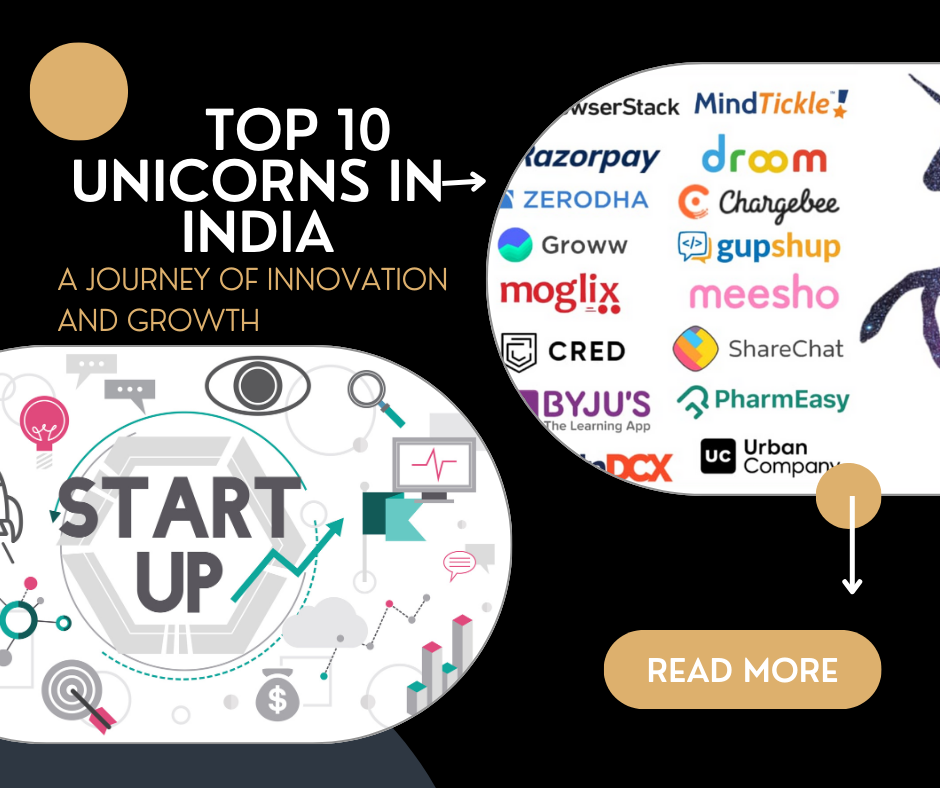
In the dynamic and interconnected digital landscape of today’s business world, cyber security has emerged as a critical concern for enterprises across the globe. India, a rapidly growing economic powerhouse, finds itself at the center of this cyber security storm, facing an alarming surge of over 3,000 cyber attacks per week – the second highest rate in the world.
This relentless onslaught of attacks underscores the growing sophistication and persistence of threat actors targeting Indian businesses. As organizations strive to keep pace with the evolving threat landscape, understanding the nature and impact of these cyber attacks is crucial for implementing robust defense strategies.
The Escalating Threat Landscape
According to a recent report (1), the global average of cyber attacks per organization stands at a staggering 1,636 per week. However, Indian businesses find themselves in an even more precarious position, facing over 3,000 attacks per week – a figure second only to Taiwan, which leads the pack at 3,349 attacks per week.
These attacks come in various forms, ranging from malware infiltration and phishing scams to advanced persistent threats (APTs) and ransomware incidents. Threat actors, armed with an ever-expanding arsenal of sophisticated tools and techniques, relentlessly target Indian enterprises, seeking to exploit vulnerabilities and gain unauthorized access to sensitive data and critical systems.
The Anatomy of Cyber attacks on Indian Businesses
The cyber attacks faced by Indian businesses are multifaceted and constantly evolving. One prevalent threat is the rise of malware-based attacks, with cybercriminals deploying a wide range of malicious software to infiltrate corporate networks and gain a foothold within the system. From traditional viruses and worms to more advanced threats like ransomware and cryptojacking malware, these malicious programs can cause significant disruption to business operations and lead to the loss of valuable data.
Phishing scams, another common attack vector, prey on the human element of security by tricking employees into divulging sensitive information or inadvertently granting access to threat actors. These scams often masquerade as legitimate communications from trusted sources, making them increasingly difficult to detect and mitigate.
Advanced Persistent Threats (APTs) pose an even greater challenge to Indian businesses. These well-orchestrated, targeted attacks are designed to gain long-term access to sensitive data and critical systems, often going undetected for extended periods. APTs leverage a combination of social engineering, malware, and exploit techniques to infiltrate and maintain a presence within the targeted organization.
The financial impact of these cyberattacks is staggering. According to industry estimates, the average cost of a data breach in India is around $2.1 million, with the healthcare and financial services sectors bearing the brunt of the financial burden. The repercussions extend beyond monetary losses, with the damage to brand reputation, customer trust, and regulatory compliance posing significant long-term challenges for affected businesses.
Strengthening Cybersecurity Defenses
In the face of this escalating cybersecurity threat, Indian businesses must adopt a multi-layered approach to protect their assets and safeguard their operations. Here are some key strategies to consider:
- Implement Robust Security Measures: Deploying a comprehensive suite of security solutions, including firewalls, antivirus software, and intrusion detection/prevention systems, is crucial. Regular software updates and patches can help mitigate known vulnerabilities and enhance the overall security posture.
- Foster a Culture of Cybersecurity Awareness: Educating employees on the latest cybersecurity threats, best practices, and incident response protocols is essential. Regular training sessions and simulated phishing exercises can empower employees to become the first line of defense against cyberattacks.
- Enhance Data Backup and Disaster Recovery: Implementing a reliable data backup and disaster recovery strategy can ensure the availability of critical information in the event of a successful cyberattack. Regularly testing and updating these processes can improve the organization’s resilience.
- Adopt a Risk-Based Approach: Conducting comprehensive risk assessments to identify and prioritize vulnerabilities can help organizations allocate resources effectively and implement targeted security measures to mitigate the most pressing threats.
- Collaborate with Cybersecurity Experts: Partnering with specialized cybersecurity firms or managed security service providers can provide access to the latest threat intelligence, advanced security tools, and expert incident response capabilities.
- Strengthen Supply Chain Security: Extending cybersecurity measures to include third-party vendors and partners can help minimize the risk of supply chain-related breaches, which can have far-reaching consequences.
- Embrace Emerging Technologies: Leveraging cutting-edge technologies such as artificial intelligence (AI), machine learning (ML), and automation can enhance the detection, prevention, and response capabilities of an organization’s cybersecurity defenses.
- Stay Vigilant and Adaptable: Continuously monitoring the threat landscape, adapting security strategies, and staying ahead of evolving attack vectors are essential for effectively protecting Indian businesses from the relentless onslaught of cyberattacks.
Conclusion
The cybersecurity landscape in India has become a battlefield, with businesses facing an unprecedented number of attacks. The sheer volume and sophistication of these threats underscore the urgent need for Indian enterprises to prioritize cybersecurity as a critical component of their overall business strategy. By adopting a comprehensive, multi-layered approach to cybersecurity, Indian businesses can fortify their defenses, minimize the risk of successful attacks, and safeguard their valuable assets. Collaboration with experts, investment in emerging technologies, and a relentless commitment to adapting to the evolving threat landscape will be key to weathering the cybersecurity storm and ensuring the long-term resilience of Indian businesses in the digital age.






























